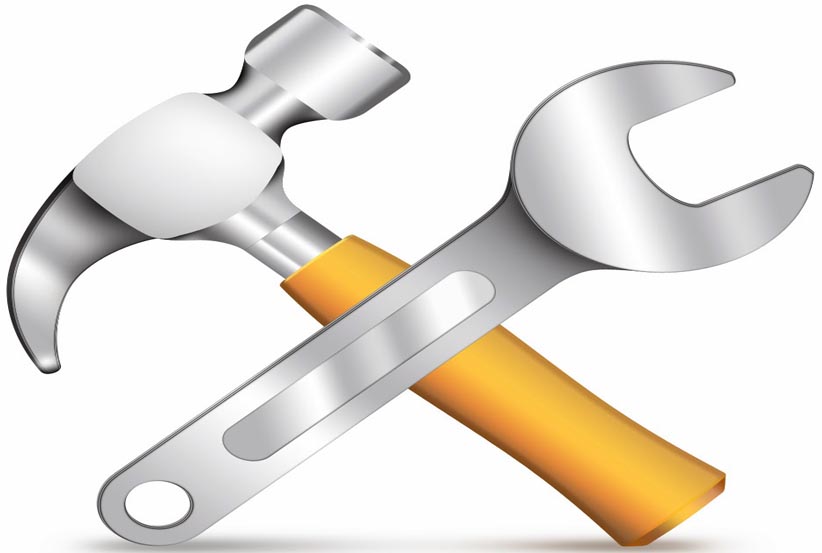As your registry grows in size, your operating system’s performance may be compromised. Third-party registry cleaners may not have the best logic and algorithms to effectively clean all registries. They perform cleaning tasks based upon a predefined set of rules that may not work in your registry, or even a healthy registry, let alone a bloated or corrupted registry. Fortunately, you can clean your registry manually to remove leftover application entries after uninstalls and unnecessary start-up items. This article is meant for more experienced Windows users. If done improperly, trying this could cause problems with your computer.
- Launch the Windows registry editor.
- Click on the “Start” button, then select “Run…”.

- Type regedit inside of the text box.

- Press “Enter” or click on “Ok”.

- Click on the “Start” button, then select “Run…”.
- Backup your existing registry before making changes. This will offer a way to undo the changes you make if they negatively impact your operating system or installed software. (See related articles on how to backup your registry. A registry backup is really a critical step, and should be undertaken immediately before beginning any editing of you registry).
- Click on the “File” menu and select “Export”.

- Select “All” in the “Export range” panel.

- Choose a location for the backup and then enter a name.

- Click on “Save”.


- Click on the “File” menu and select “Export”.
-
Familiarize yourself with the registry editor. It is broken into two window panes, with the left pane used to show the entire registry tree and the right pane used to show individual values.
- Browse to remove old applications. Remove any application listings which have already been uninstalled.
- Expand the “HKEY_CURRENT_USER” key (looks like a folder) by clicking on the plus (+) sign next to it.

- Expand the “Software” key.

- Look for keys that contain either the application’s name, or more commonly, the application’s developer (company name).

- Highlight a key for the application.

- Press “Del” to delete it.

- Expand the “HKEY_CURRENT_USER” key (looks like a folder) by clicking on the plus (+) sign next to it.
- Search applications by their name, executable name, and/or folder name. Remove any application listings which have already been uninstalled.
- Press “Ctrl” and “f” to open a find dialog.

- Enter the text used to search for the application’s listings.

- Click on “Ok” to search. The key or value should be highlighted when found.

- With the proper key or value highlighted, press “Del” to delete it.

- Press “F3” to find the next result and repeat.
- Press “Ctrl” and “f” to open a find dialog.
- Remove unwanted start-up items. Many of the more popular applications, such as Adobe Reader, Quicktime Player, and Real Player, will install a registry value to load an updater or similar process when Windows starts. To delete these:
- Expand keys (as done previously) to get to the following location: My Computer\ HKEY_LOCAL_MACHINE\ SOFTWARE\ Microsoft\ Windows\ Current Version.

- Highlight the “Run” key.

- Look for values inside of the left pane. These will be shortcuts to executable files.

- Highlight a value to remove. If you’re not familiar with these, or are unable to guess which ones correlate to which applications, Google for it or use a process search engine such as Process Library

- Press “Del” to delete it. To select multiple entries to delete, hold down “Shift” or “Ctrl” while clicking.

- Repeat this process for the same key path inside of the HKEY_CURRENT_USER location as well. If an application installs for “all users”, it will put these startup items inside of the the local machine folder. For current user or single user software installs, they will be put into the current user folder.

- Expand keys (as done previously) to get to the following location: My Computer\ HKEY_LOCAL_MACHINE\ SOFTWARE\ Microsoft\ Windows\ Current Version.

7. Close the registry editor when finished.

